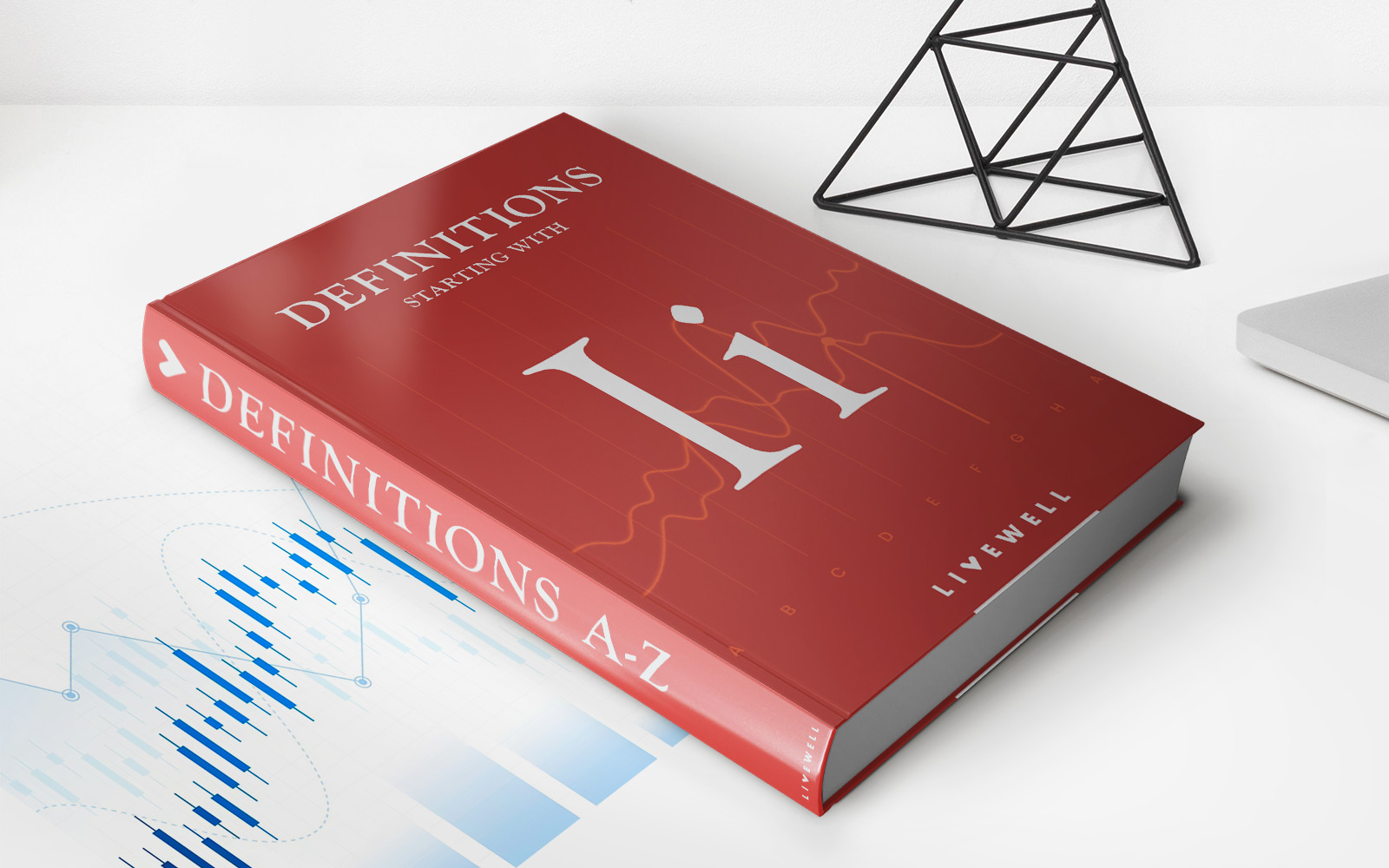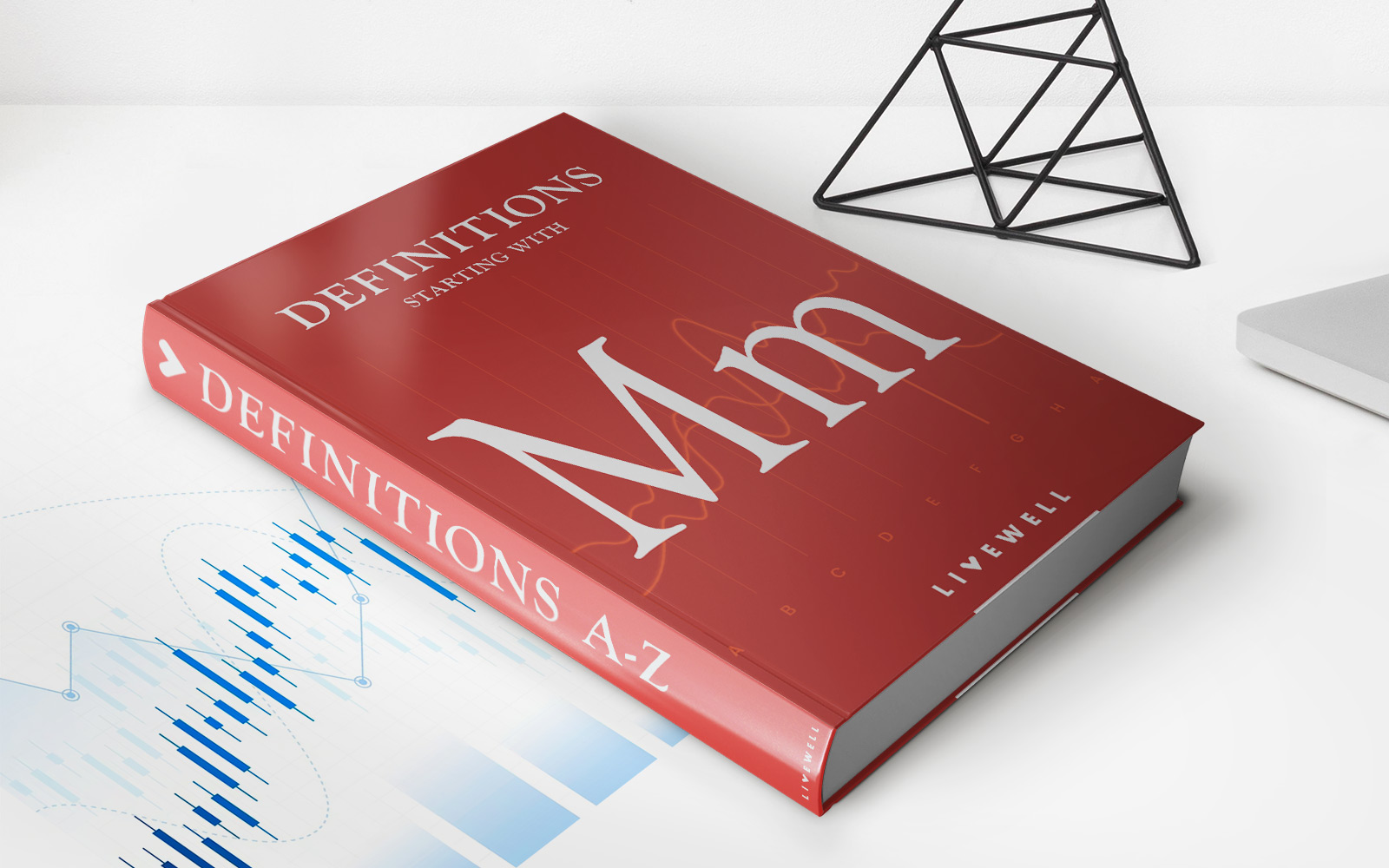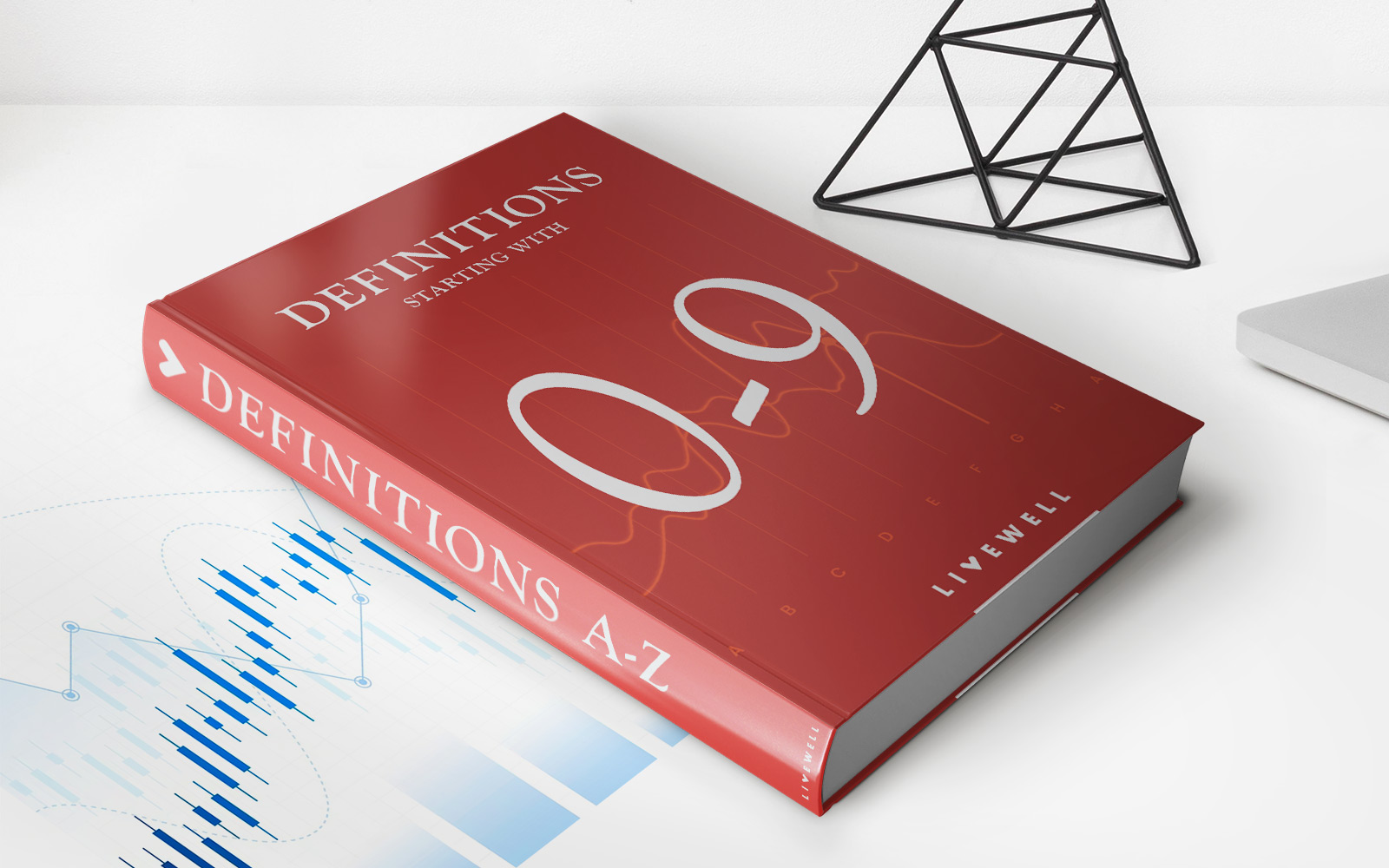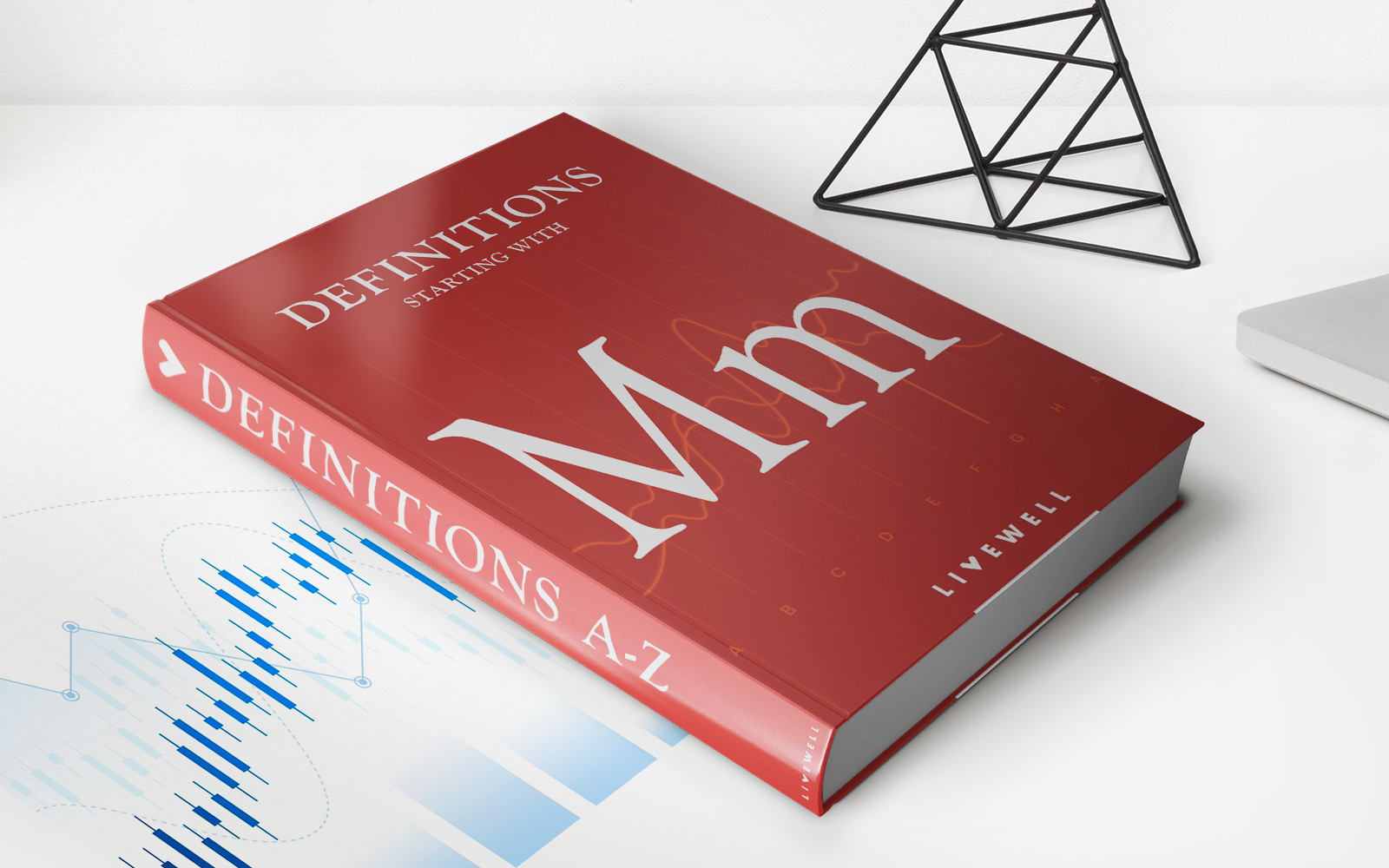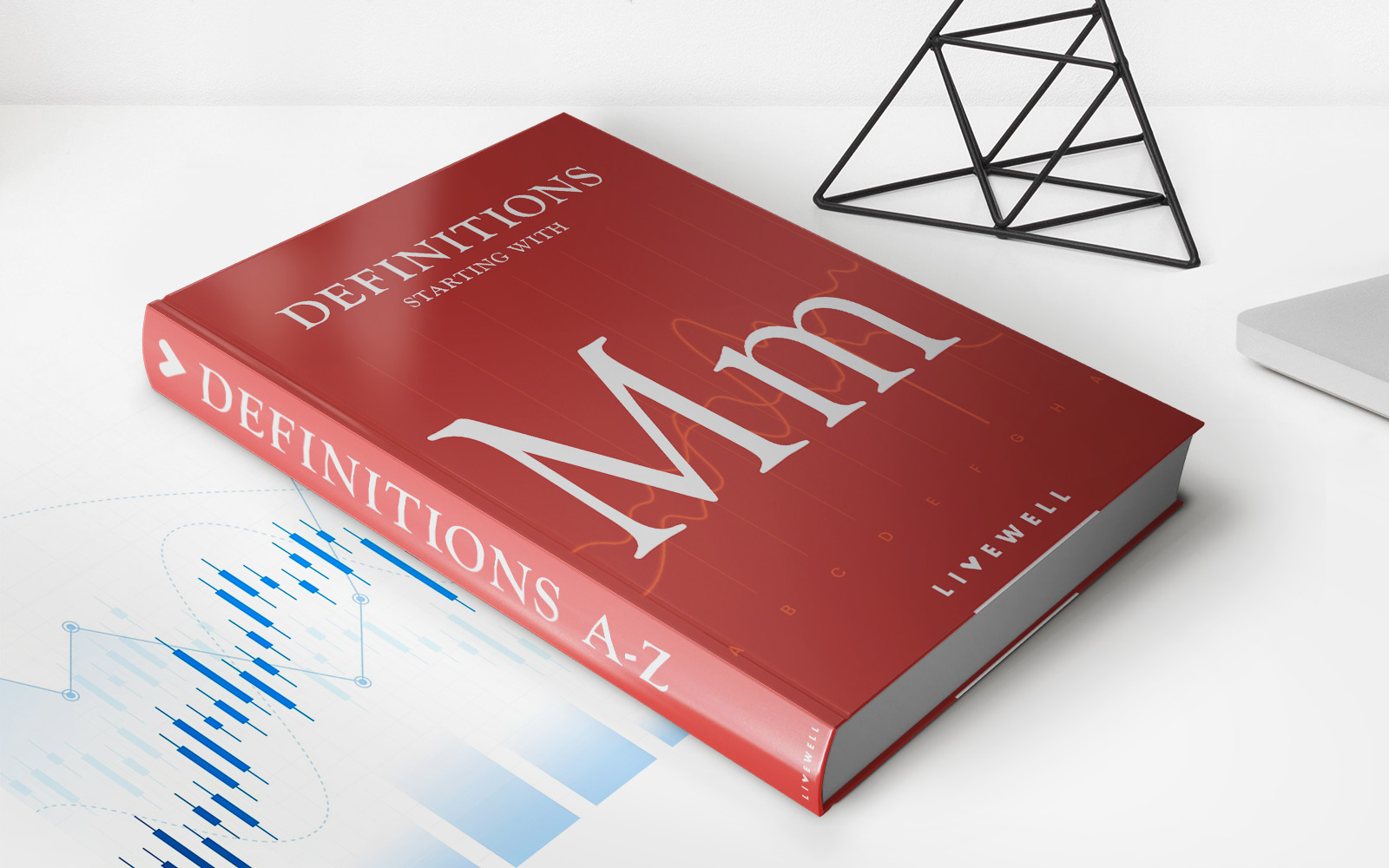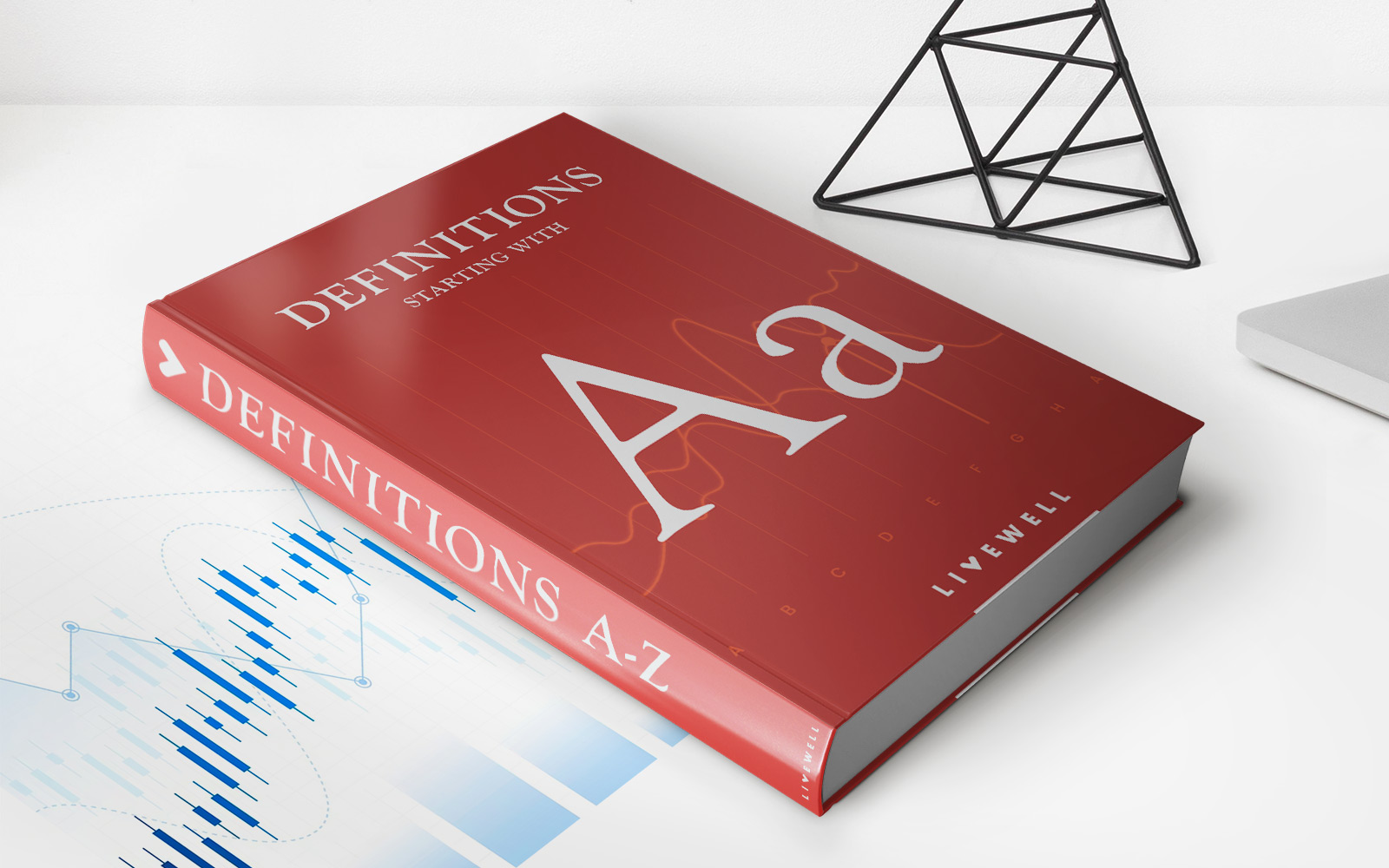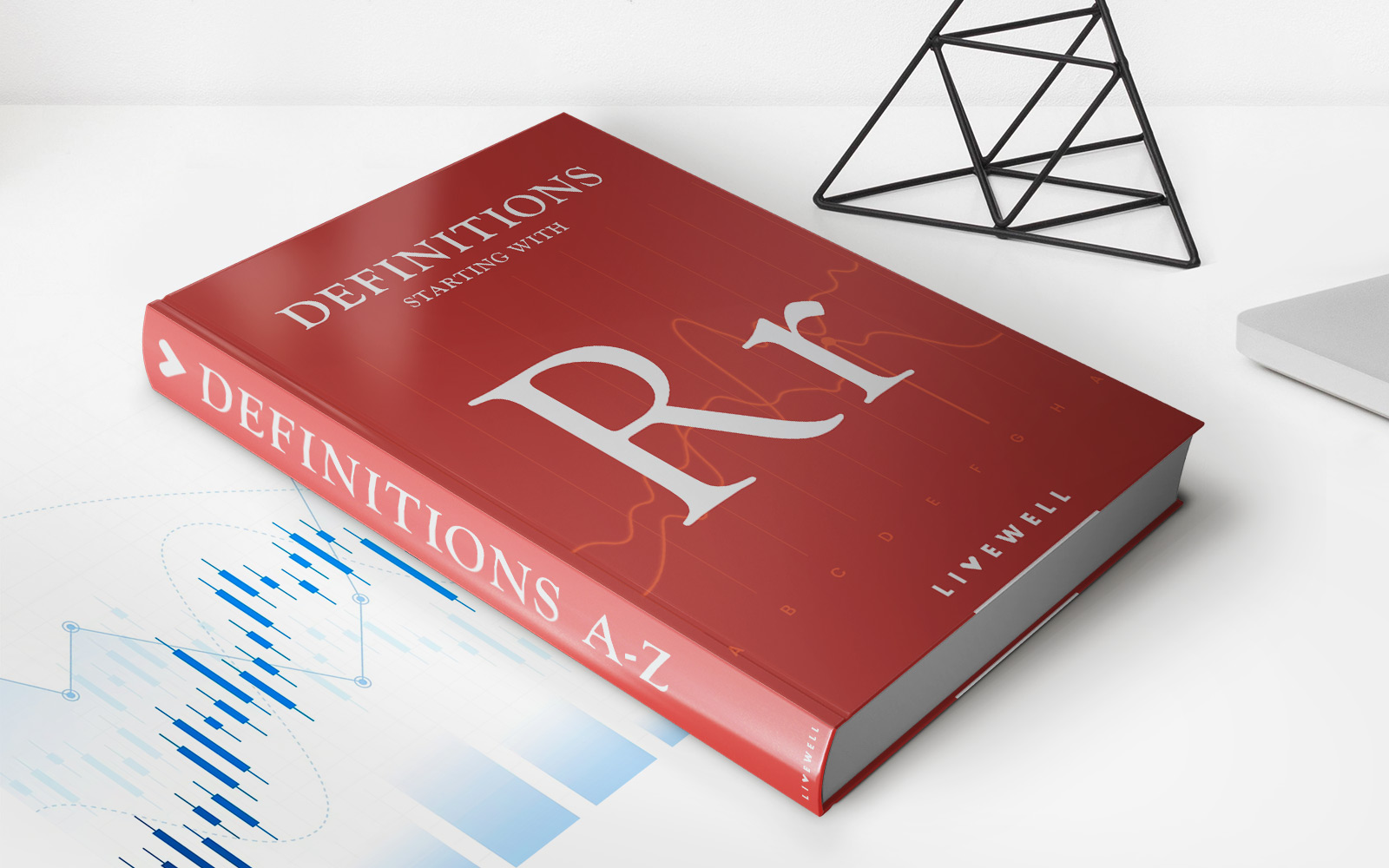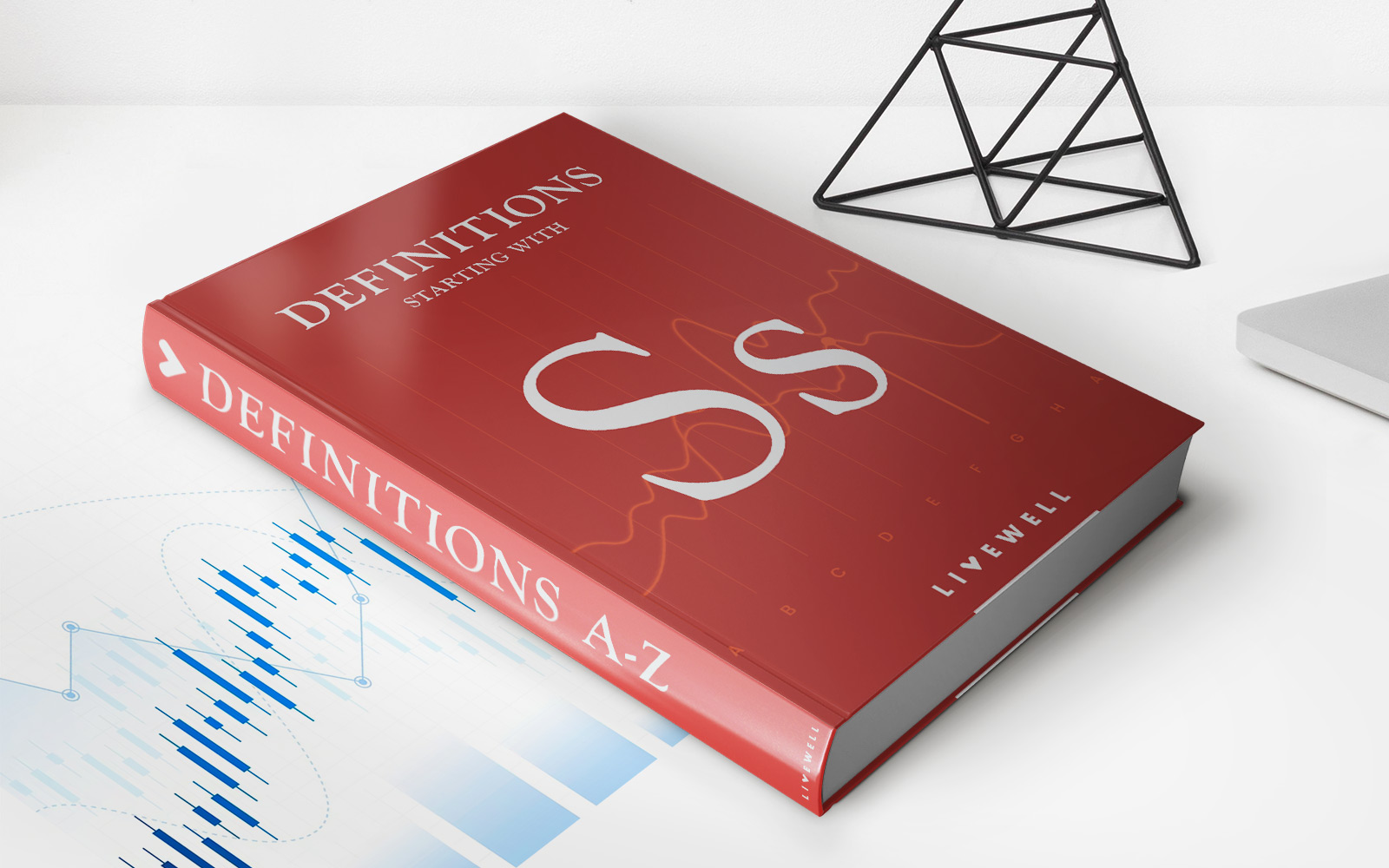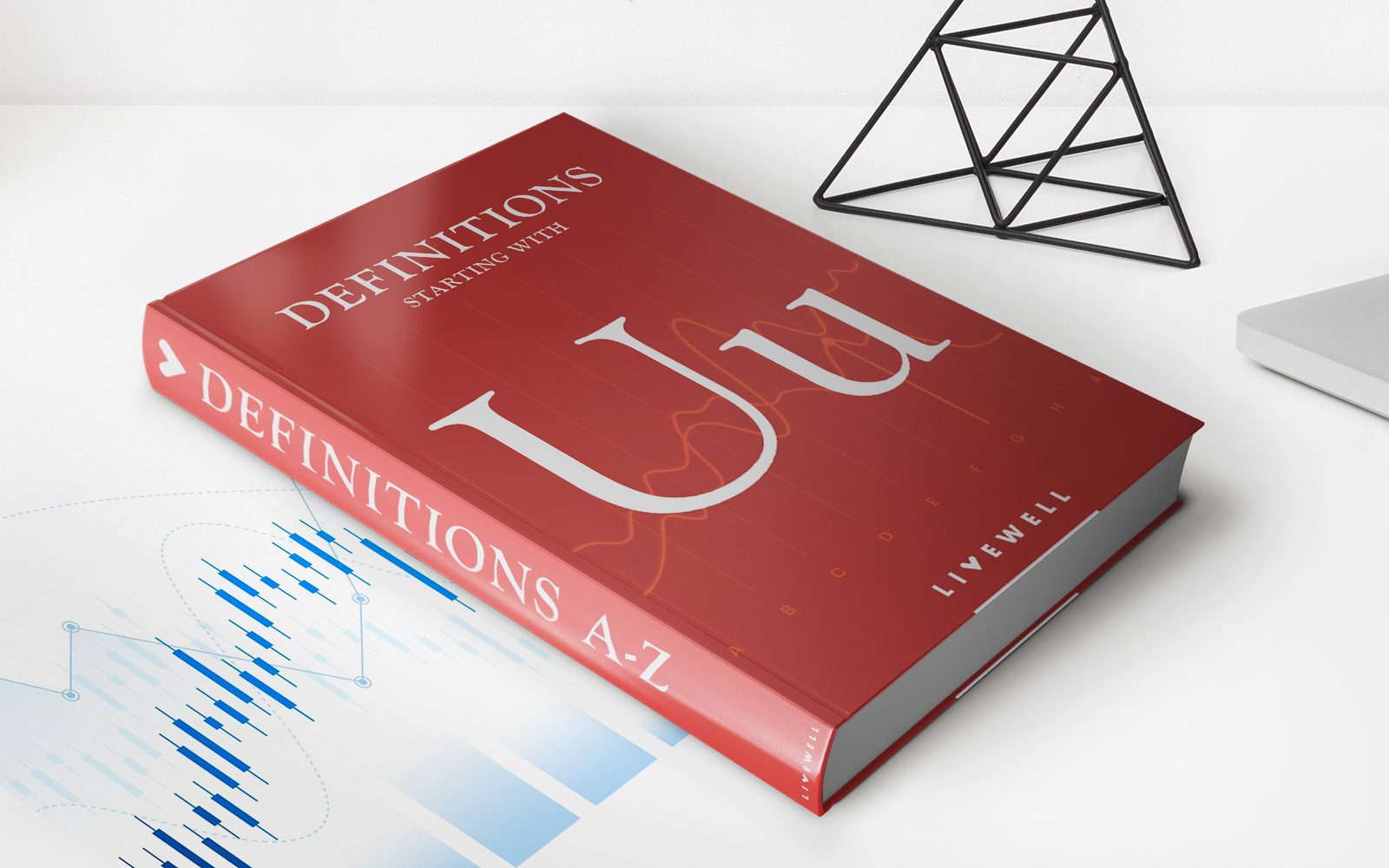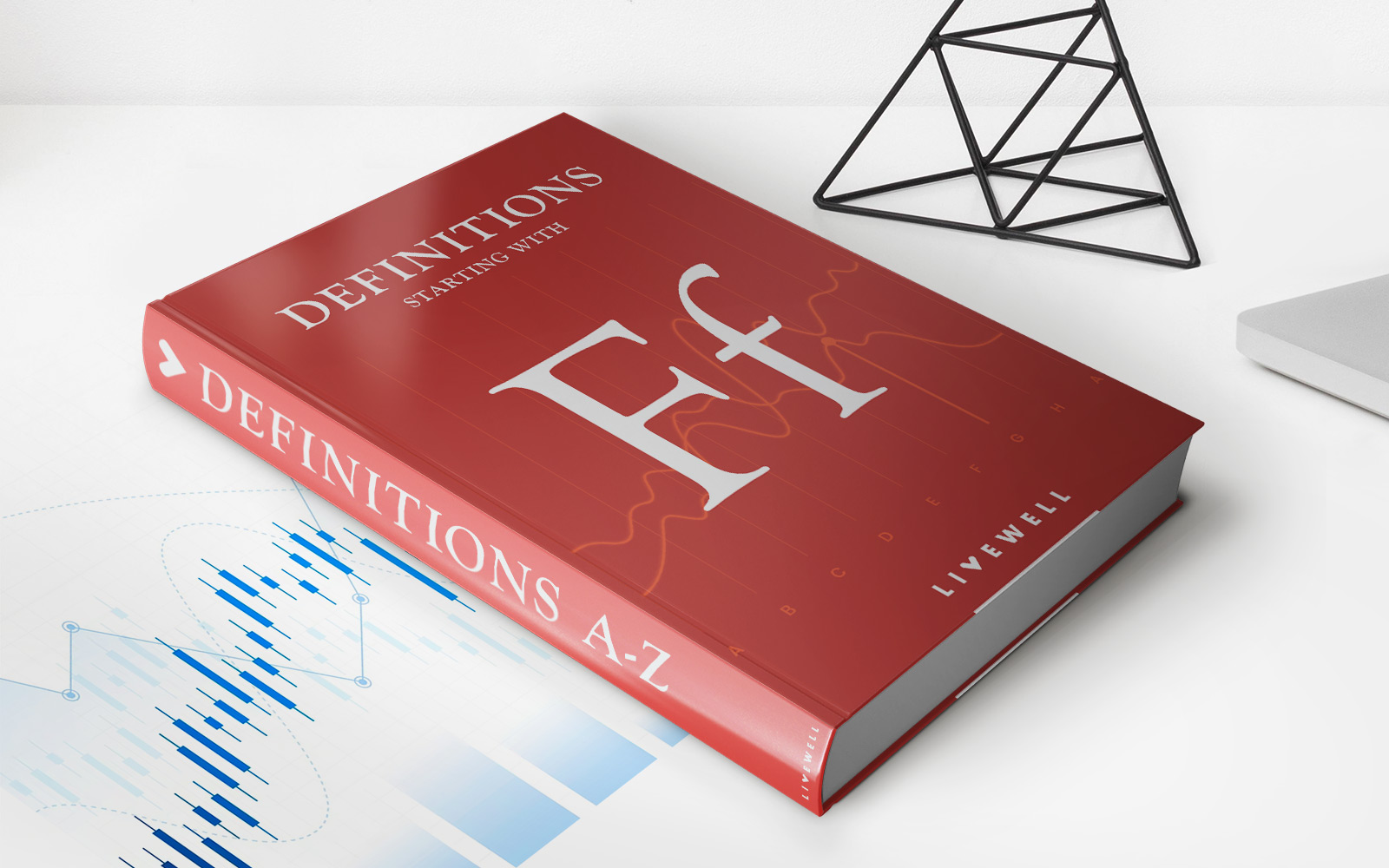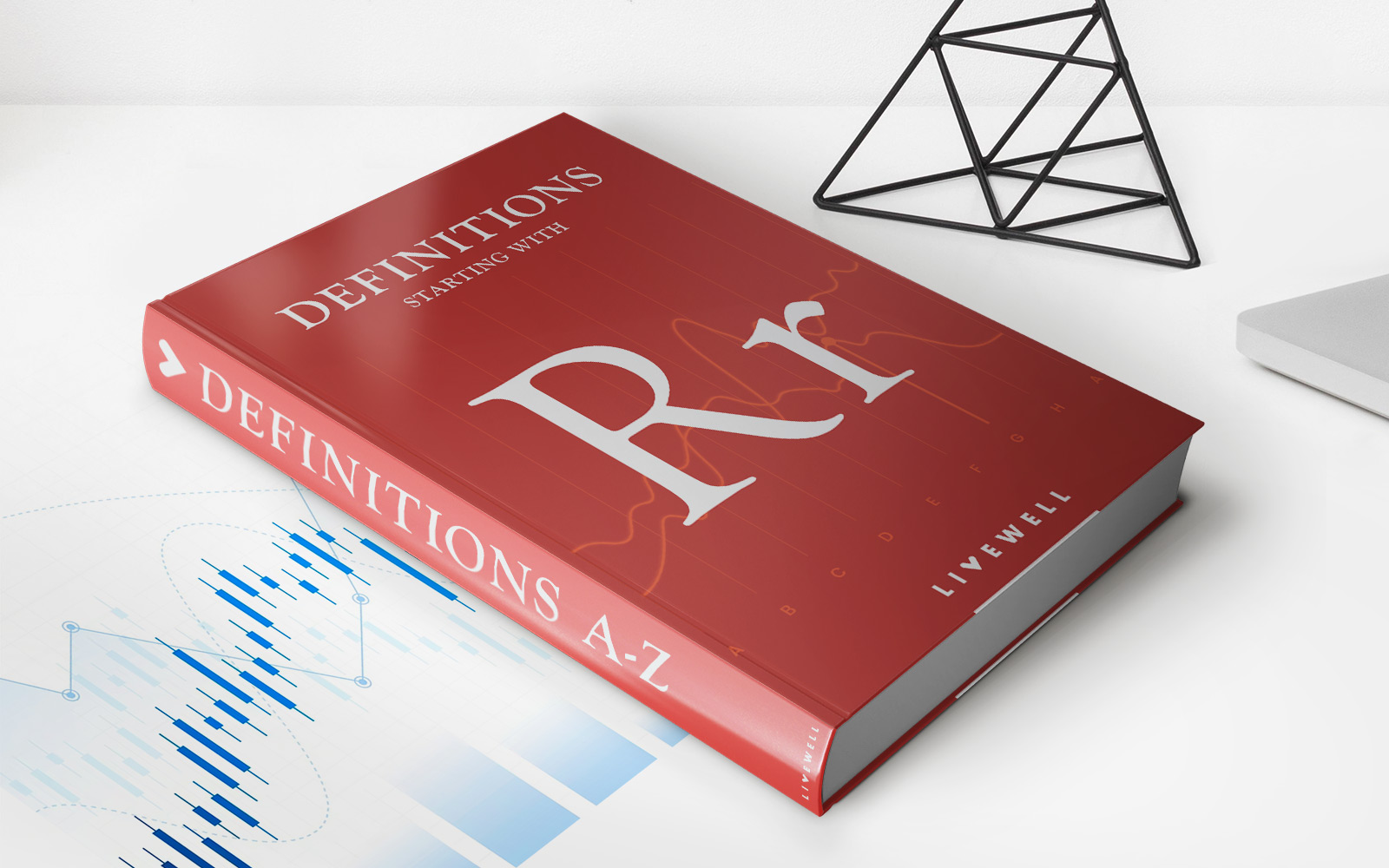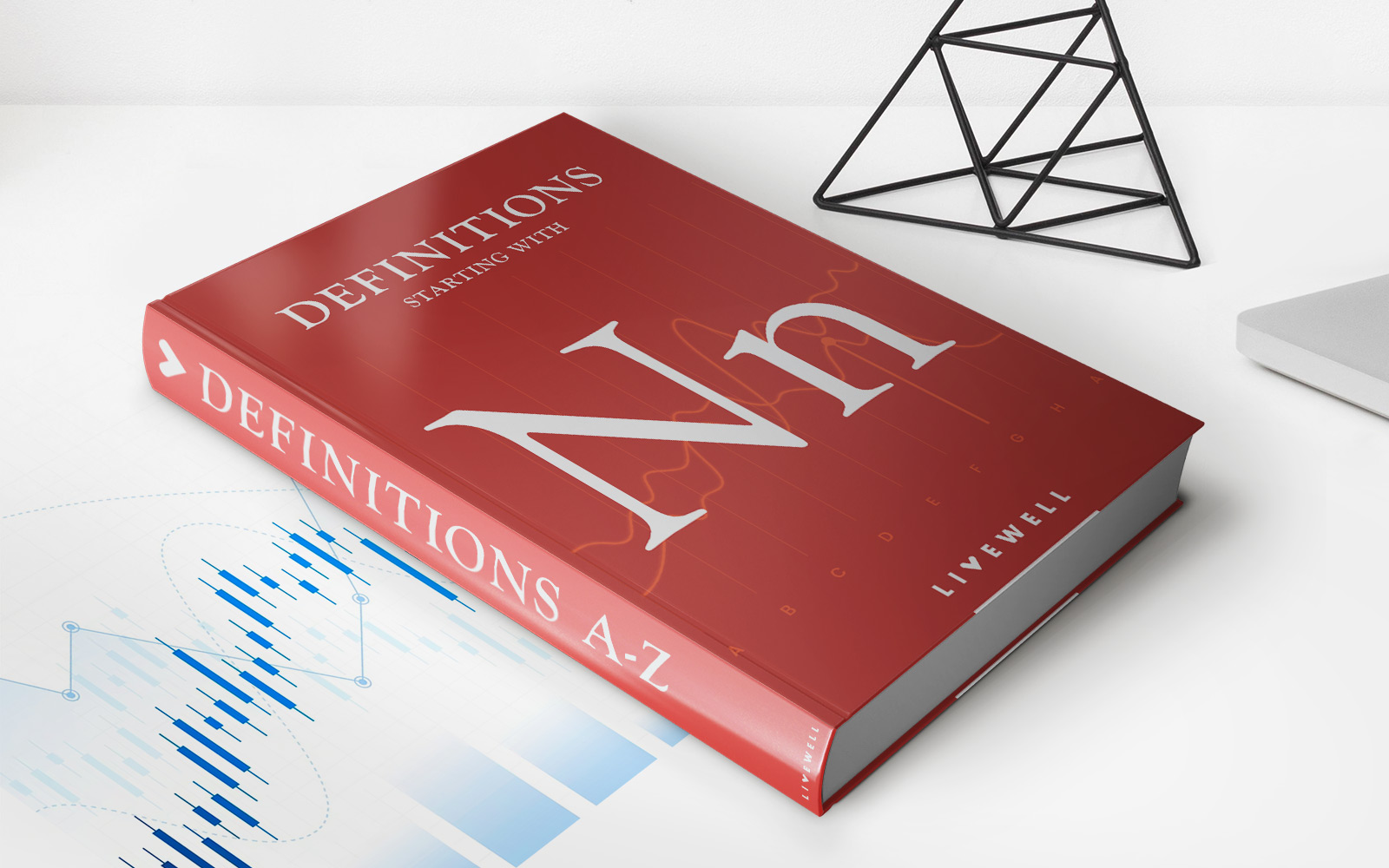

Finance
No-Cost Mortgage Definition
Published: December 31, 2023
Get to know the no-cost mortgage definition in the world of finance. Discover how it can help you save money on your home loan expenses.
(Many of the links in this article redirect to a specific reviewed product. Your purchase of these products through affiliate links helps to generate commission for LiveWell, at no extra cost. Learn more)
Understanding the No-Cost Mortgage: A Path to Financial Freedom
Finance is an ever-evolving landscape, filled with a plethora of concepts and terminology. In the realm of home loans, one term that has gained popularity in recent years is the no-cost mortgage. But what exactly is a no-cost mortgage, and how can it benefit you? In this blog post, we will delve into the definition of a no-cost mortgage and highlight its advantages and disadvantages, giving you a comprehensive understanding of this financial tool.
Key Takeaways:
- A no-cost mortgage refers to a home loan where the lender covers the closing costs associated with the loan.
- By eliminating upfront costs, a no-cost mortgage can provide financial flexibility and help borrowers conserve their cash reserves.
What is a No-Cost Mortgage?
A no-cost mortgage, as the name suggests, is a home loan where the borrower pays no out-of-pocket expenses for closing costs, such as appraisal fees, application fees, or lender fees. In this arrangement, the lender agrees to cover these costs on behalf of the borrower.
While a no-cost mortgage may sound like an incredibly appealing option, it’s essential to understand its inner workings and trade-offs before diving in. Here are a few key aspects to consider:
The Advantages of a No-Cost Mortgage
- Preserves cash reserves: By eliminating upfront costs, a no-cost mortgage allows borrowers to keep their cash reserves intact. This can be particularly beneficial for those who prefer to have more liquidity or need the funds for other financial goals such as emergency savings or home improvements.
- Lower out-of-pocket expenses: With a no-cost mortgage, borrowers no longer have to worry about saving up for closing costs. This can alleviate financial strain for first-time homebuyers or those without a substantial amount of savings.
- Easier qualification: Since the closing costs are covered by the lender, a no-cost mortgage may be more accessible for borrowers who may not have enough funds available for upfront expenses.
The Disadvantages of a No-Cost Mortgage
- Higher interest rates: In a no-cost mortgage, lenders usually offset the closing costs by charging a slightly higher interest rate. While this can eliminate immediate out-of-pocket expenses, it may result in higher monthly mortgage payments over the loan’s term.
- Longer breakeven period: If you plan to stay in your home for an extended period, a no-cost mortgage may not be the most cost-effective option. Since the lender covers the closing costs, it takes more time to recoup the expenses through the slightly higher interest rate.
- Less flexibility in loan options: No-cost mortgages are not available for all loan types or in every situation. This means that you may have limited options when it comes to choosing your loan program.
When considering a no-cost mortgage, it’s important to weigh these advantages and disadvantages against your specific financial situation and long-term goals. Consulting with a mortgage professional can help you determine if a no-cost mortgage aligns with your needs.
In conclusion, a no-cost mortgage can provide borrowers with financial flexibility and eliminate upfront expenses. However, it’s crucial to consider the potential downsides, such as higher interest rates and limited loan options. By understanding the definition and nuances of a no-cost mortgage, you can make an informed decision that aligns with your financial objectives and helps pave your path to homeownership.
